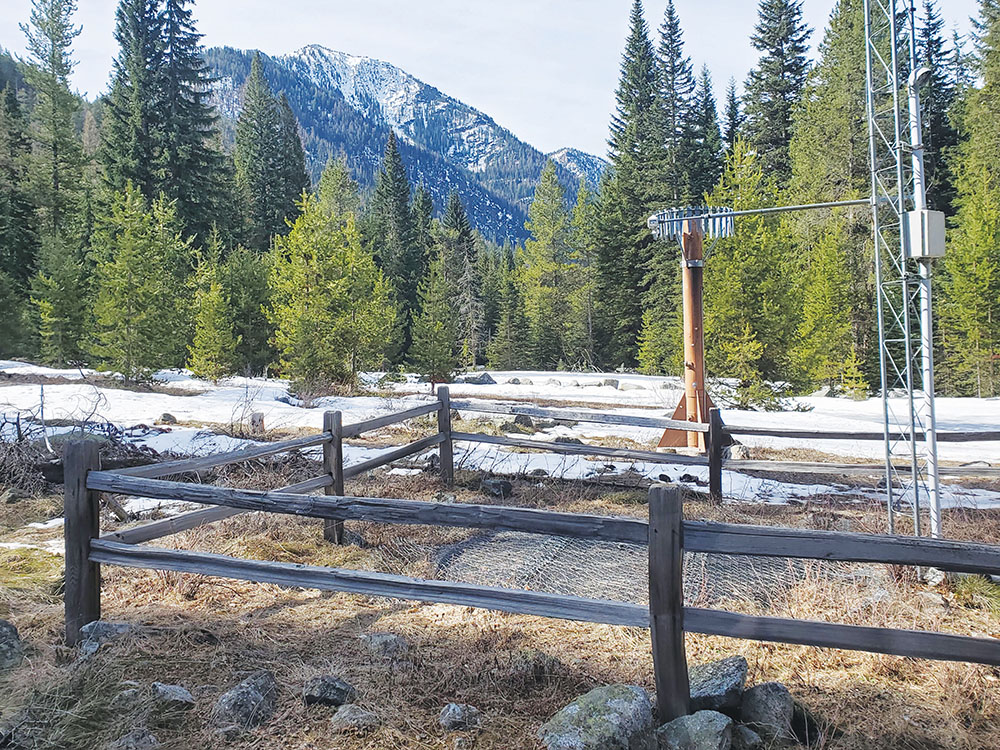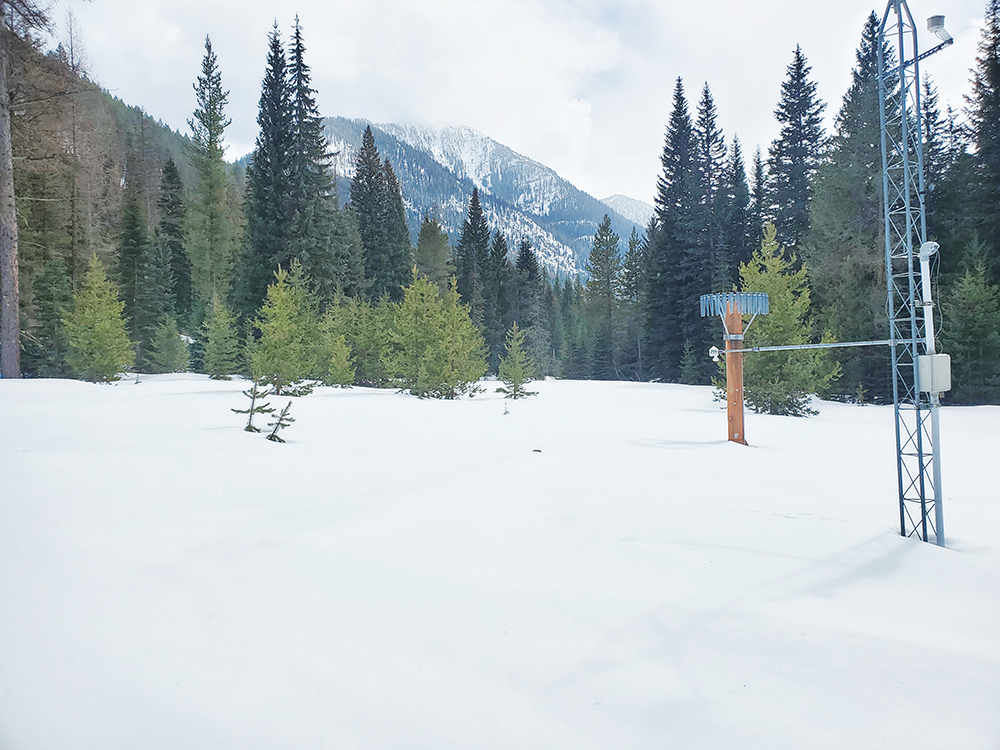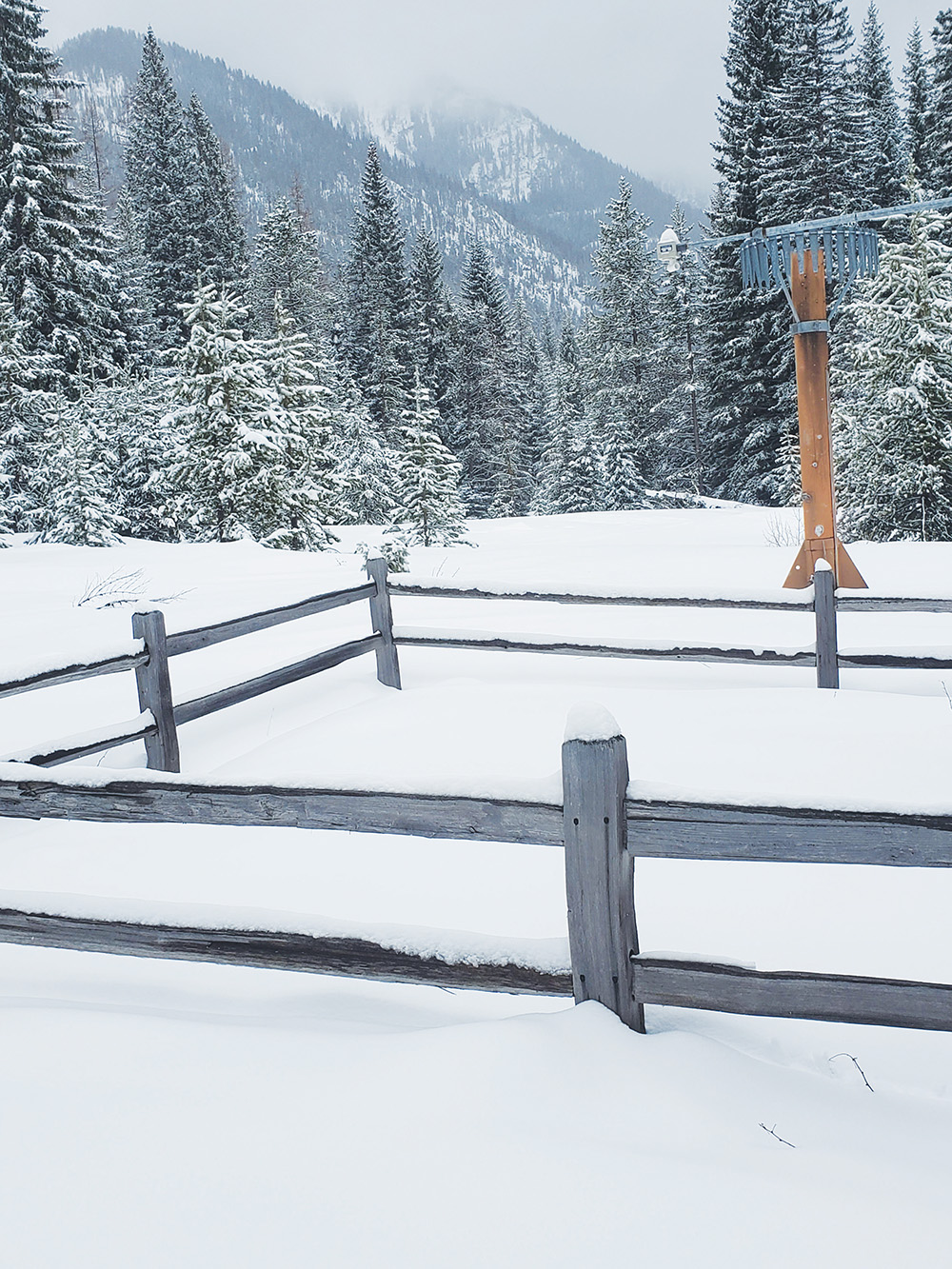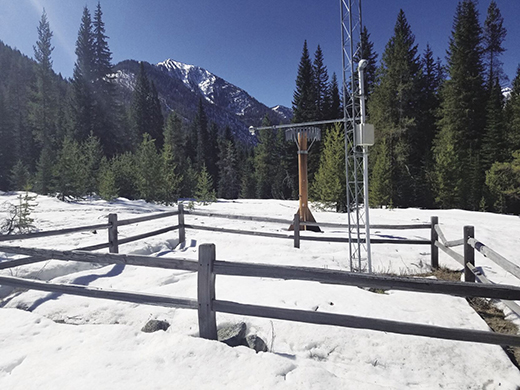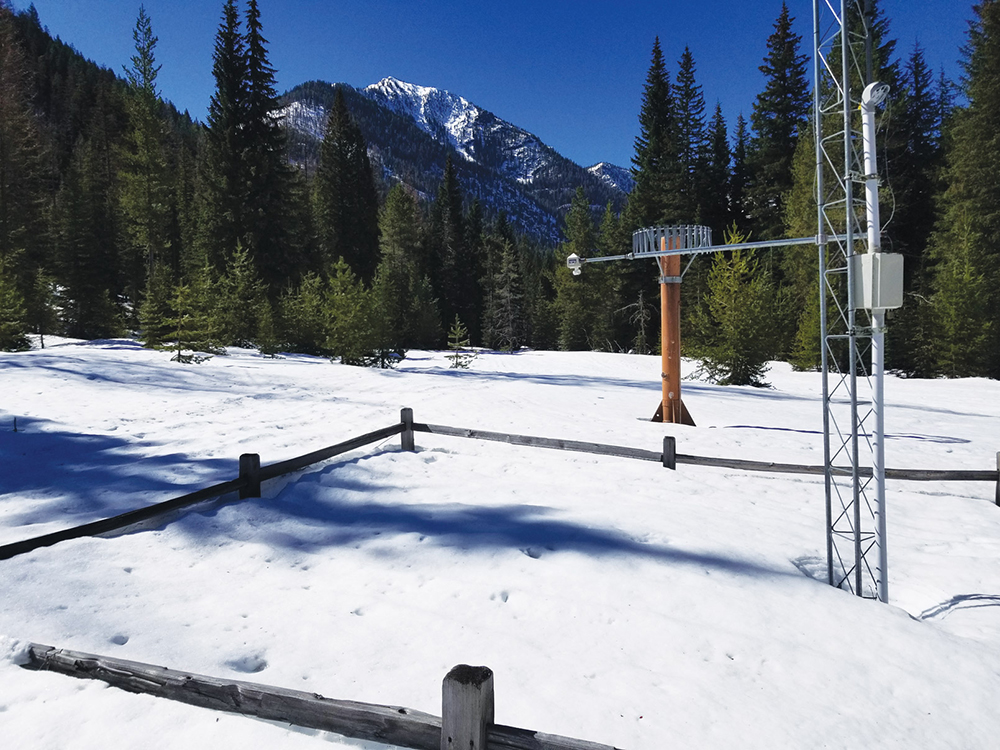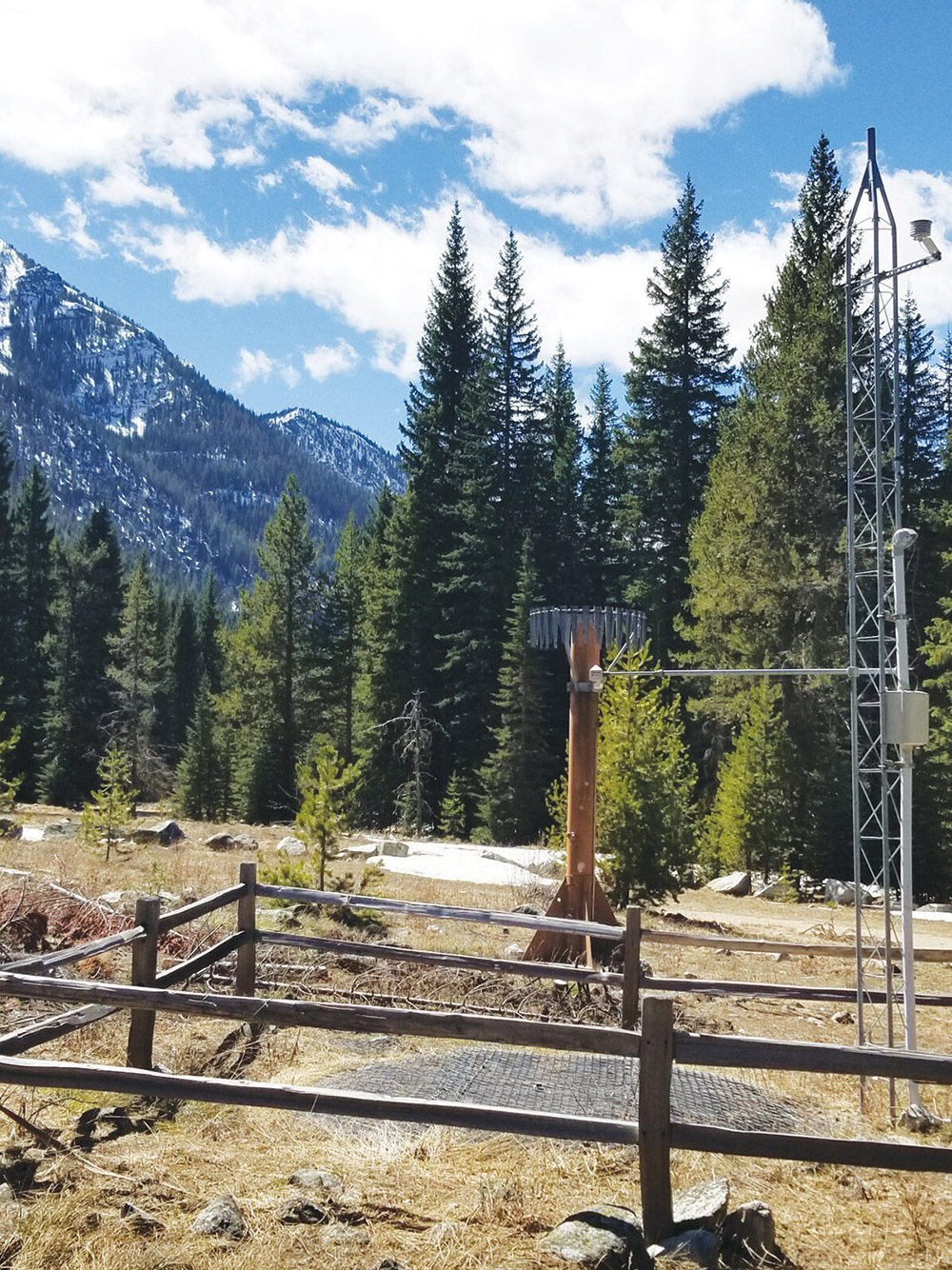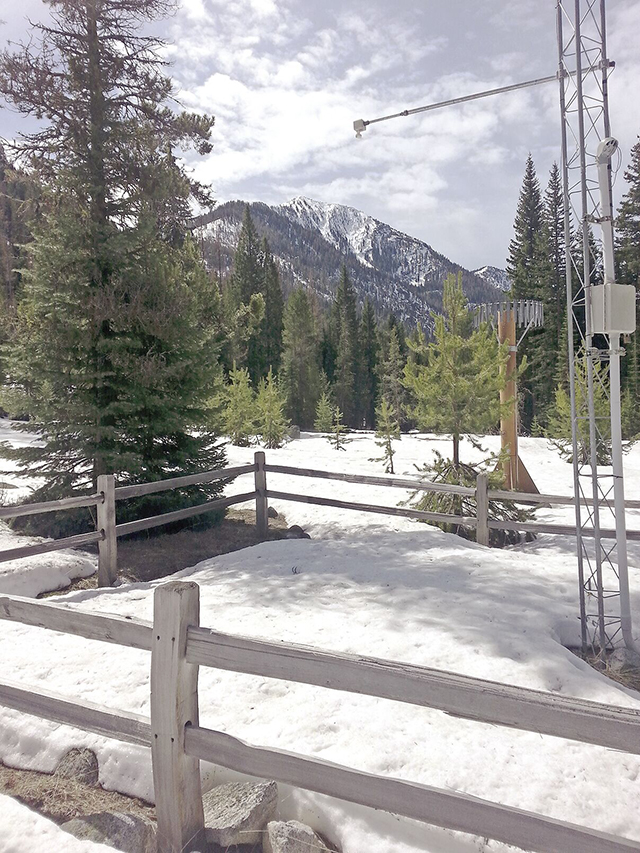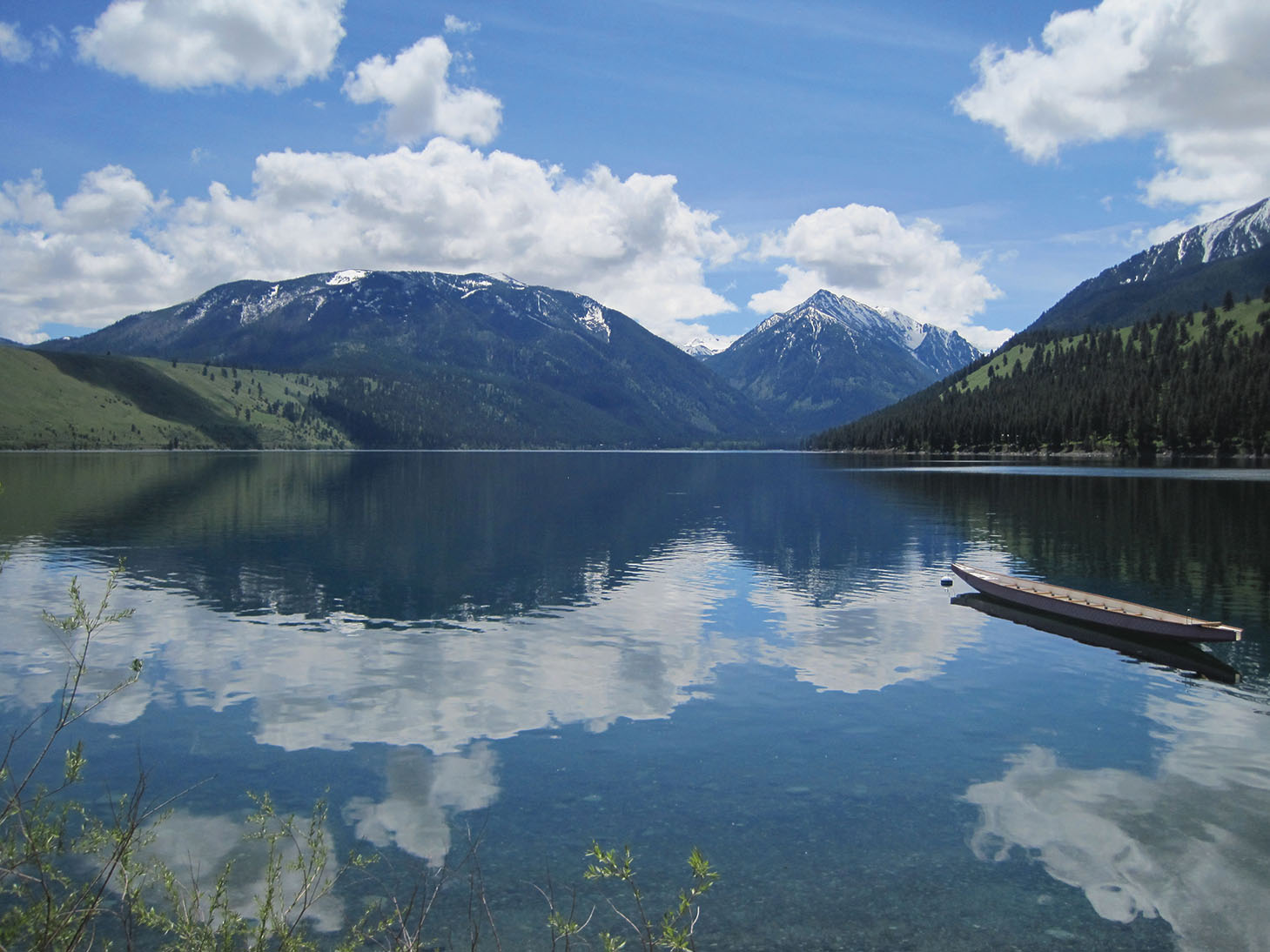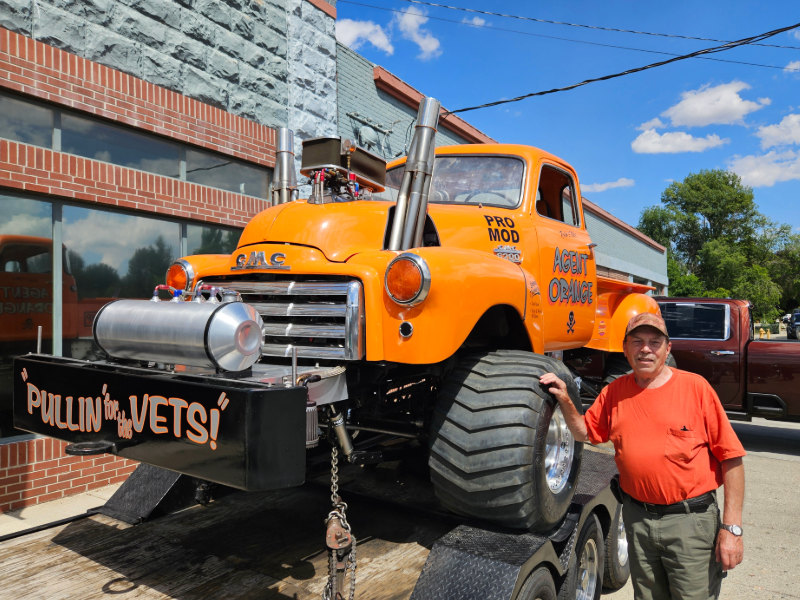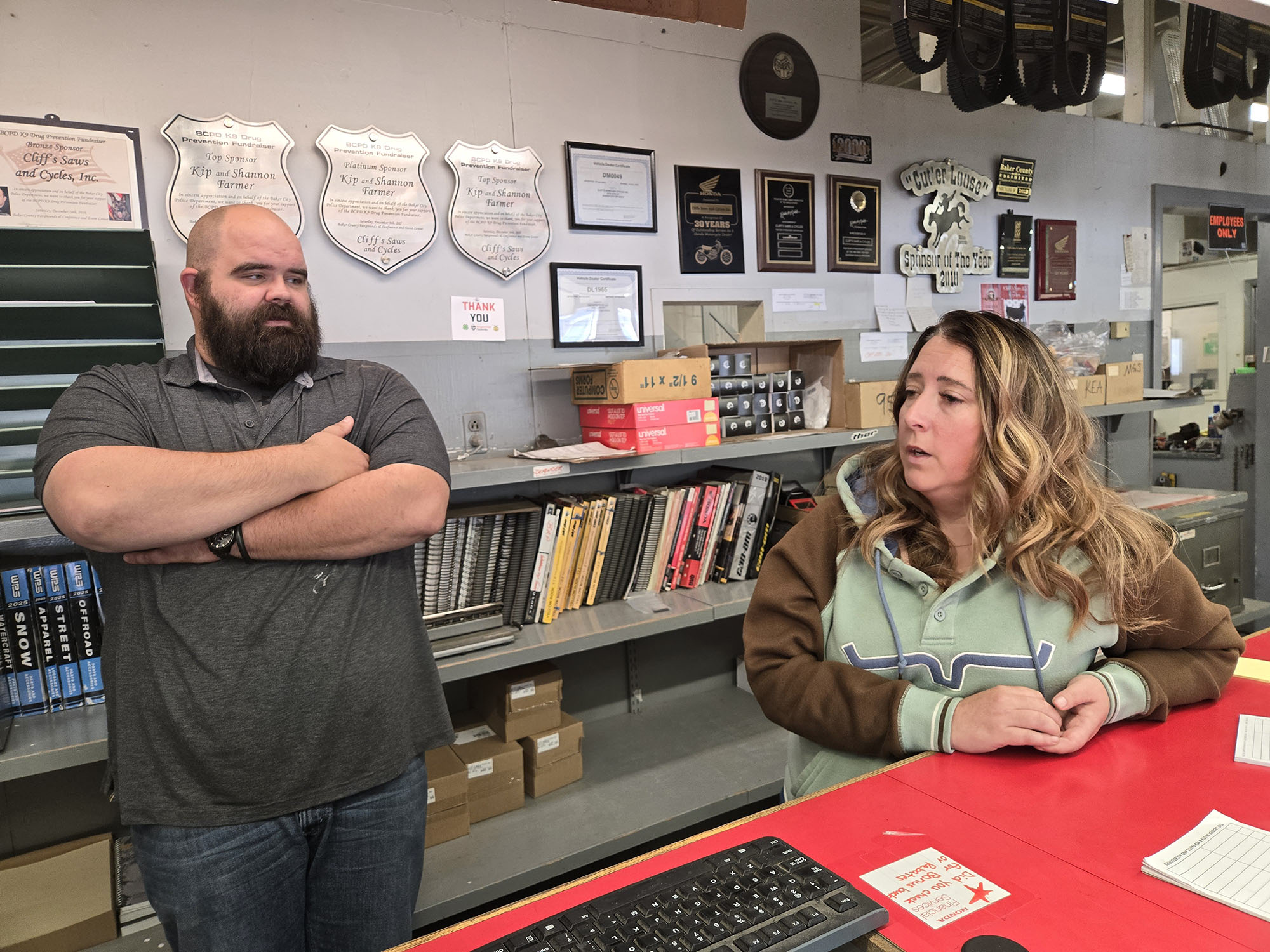Out and About: Making the yearly April hike to a snowy meadow in the Elkhorns
Published 12:50 pm Tuesday, April 22, 2025









Spring fools me every year.
I blame the Elkhorn Mountains.
This pains me because the Elkhorns are my favorite range.
Trending
This is partly because I can see the mountains from my bedroom, the sort of familiarity that can lead to affinity.
Yet every year along about April, as I watch the snowline retreat from the edge of Baker Valley and ascend the Elkhorns’ eastern slopes, I misjudge the situation.
And I do so even though I understand the illusion.
This has to do with how steep the mountains are, and which direction they face.
From the vantage point of my place, on the west side of Baker City, I can see the flanks of Hunt Mountain. That’s the peak that juts from Elkhorn Ridge rather like a prominent nose, the easternmost rampart of the range.
Because these slopes are quite precipitous they don’t collect as much snow as gentler terrain does.
Trending
And because they are angled toward the south and southeast, they catch a lot of snow-melting direct sunlight.
By mid-April most years, these slopes are bare. The absence of snow suggests summer is much closer than it actually is.
For the past nine Aprils, though, I’ve countered this misleading view by going to the mountains, where the snowy truth is sure to be revealed.
What turned into a tradition started on April 22, 2017, when I hiked the Rock Creek Road to Eilertson Meadow. Rock Creek is one of the great glacier-carved canyons incised into the Elkhorns.
I don’t remember, nearly a decade later, whether I went for the specific purpose of checking the automated snow-measuring station just east of the meadow, but I suspect this was the case. The previous winter, as anyone who was in Baker City remembers, was the snowiest in more than a quarter century in town, a season when many people, me included, wielded for the first time that back-straining implement known as a snow rake.
I took several photographs to document how deep the snow lay against the split-rail fence that surrounds the snow-measuring site.
The next year, after a much more benign winter, I decided to go back and compare.
My motivation in this case was straightforward. I have read a few books on the subject of “repeat photography” — trying to replicate, as faithfully as possible, historic photographs.
The technique is typically used to gauge changes over many decades, or even more than a century.
But I figured it would be interesting too to revisit the same spot each year, on nearly the same date, to compare the single criterion of snow depth.
And so, every year since 2017, and always between April 16 and 22, I have returned to the Eilertson Meadow Snotel (a portmanteau of “snow” and “telemetry,” the latter word referring to the radio transmitter that sends snowpack data to an office of the U.S. Natural Resources Conservation Service, which collects the statistics and makes them available online.
And although the snow depth has varied widely — in 2018 there were only scattered patches of snow, and none inside the fence, while in 2023 the fence was buried — in each of the nine years the amount of snow along the Rock Creek Road has revealed those bare slopes I see from my backyard as the anomalies they are.
Another near-constant is that despite the snow, which some years was three or four feet deep on the road, I’ve eschewed snowshoes. Snowmobiles and other tracked vehicles that travel the route during winter compress the snow, and that, combined with the effects of freeze and thaw cycles, turn the fluffy powder of midwinter to a surface nearly as firm as asphalt.
(The lone exception was on April 22, 2023, when my wife, Lisa, and I hiked to Eilertson the day after a snowstorm. The new snow was soft and deep enough to justify snowshoes.)
This year, on April 21, one day shy of two years to the day and eight years after my first April visit, I traveled alone.
Although nine years is hardly enough to make general statements, this year’s trip seemed to me average. The snow on the road was stable as usual, so I had no need for snowshoes.
(Always mistrustful of snow, I did bring a pair, and even carried them for a quarter-mile or so, until I was confident that I wasn’t likely to come across unusually soft snow.)
At the station the snow was just below the lower fence rail. Based on my earlier photos, the closest comparison is 2021. There was more snow in 2023, 2022 and 2019, less in 2024, 2020, 2018 and 2017.
The Natural Resources Conservation Service installed the Snotel at Eilertson Meadow in 1980. In the 45 years since, there was no snow on April 22 on almost half the years — 21 of 45.
Although Snotels measure snow depth (by means of a laser beam), their chief purpose is to gauge the “snow-water content.” They do this by weighing the snow. Snotels consist of a “pillow” of antifreeze liquid, and as snow accumulates on the pillow the weight displaces the liquid and makes it possible to calculate how much water is in the snow using the sort of mathematical formula that ruined by GPA in high school.
Water content, of course, is the vital statistic when it comes to predicting water supply, which is what prompted the federal agency to start putting in Snotels. There are several hundred across the West.
On the day I visited, the water content at Eilertson was 5.1 inches.
That’s well above the average for April 21 of 0.1 of an inch.
Since 1980, the water content on April 21 has been higher on 11 years. That includes two years during my nine-year experiment — 14.8 inches in 2023, and 8.9 years in 2019. Although my photos show slightly more snow in 2022, I hiked to the Snotel that year almost a week earlier, on April 16. By April 21 of that year the water content had dropped to 3.6 inches.
I typically describe my annual April hike to Eilertson Meadow as a habit. But of course a habit can also be called a budding obsession.
I plan to continue the pilgrimage. But not because I feel compelled, with nine years behind me, to be faithful to a tradition.
I just like to get into the mountains, and April is a fine month.
A trifle blustery, though.
Jayson Jacoby is the editor of the Baker City Herald. Contact him at 541-518-2088 or jayson.jacoby @bakercityherald.com.



